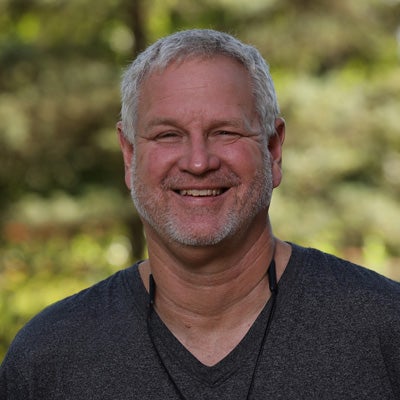Adger Cowans recalls the chastening conversation he had with his father decades ago over his desire to study photography. It was the 1950s, a time before many people considered cameras as a tool for social change.
Adger Cowans was a master at gaining the trust of high-profile entertainers and artists while capturing their images.
“My father thought I was crazy,” Cowans said. “‘Photography is a hobby,’ he told me. I know others who shared the feeling.”
Denison students are learning how Cowans, Eli Reed, and their legendary mentor Gordon Parks helped alter perception about the medium through their prolific and trailblazing work. The Denison Museum is hosting the exhibit Gordon Parks & Contemporaries: Through the Lens through March 29, 2023.
More than 50 classes are expected to walk through the gallery, with its emphasis on the Black American experience, before the end of the spring semester. Students can examine arresting images of historic events, everyday life, and foreign wars, as well celebrity portraits of Muhammad Ali, Louis Armstrong, Tupac Shakur, Biggie Smalls, and others.
“This is a teaching museum,” said Megan Hancock, senior curator of education and exhibitions at the Denison Museum. “We can take themes in this exhibit and connect across different disciplines. We can use the pictures from these brilliant photographers as vehicles for discussion on history, race, economics, and many other subjects.”
Both Cowans and Reed are proteges of Parks, who died in 2006 at age 93. Parks was an artist of prodigious talents, many self-taught, that included photography, narrative writing, poetry, musical composition, and filmmaking.
In his fight for social justice, Parks often said his weapon of choice was the camera. He became the first Black staff photographer at Life magazine — the gallery features a showcase of his work at the publication — and the first Black artist, according to a New York Times obituary, to direct and produce a major Hollywood film, The Learning Tree, in 1969.
“Gordon was not just a great artist, he was cool,” Reed said. “He was like a black James Bond.”
Associate professor Sheilah ReStack, chair of Studio Art, said that while students sometimes understand themselves in relation to the “present moment,” the Parks exhibit affords them the opportunity to gain historical context.
As a photography instructor, ReStack also mentions the importance of gaining trust and building relationships with subjects. Parks did it with a Harlem gang leader he profiled for Life, and Reed did the same on overseas assignments that sometimes required him to wear bulletproof vests in war-torn regions.
Cowans hopes students recognize the role Parks played in the medium’s development, particularly in exploring themes of social justice. Reed, who twice was abducted while covering the civil war in Lebanon (1975-1990), wants students to ask themselves questions as they tour the gallery.
“What do you believe in? What do you hope for? What do you want to say before you leave the planet?” Reed asked rhetorically. “Maybe you can change the world. You don’t know. But if you don’t try, you will never find out.”
The exhibit is sponsored in part by the Vail Series. Work is courtesy of Adger Cowans, Eli Reed, and the Gordon Parks Museum in Fort Scott, Kansas.




